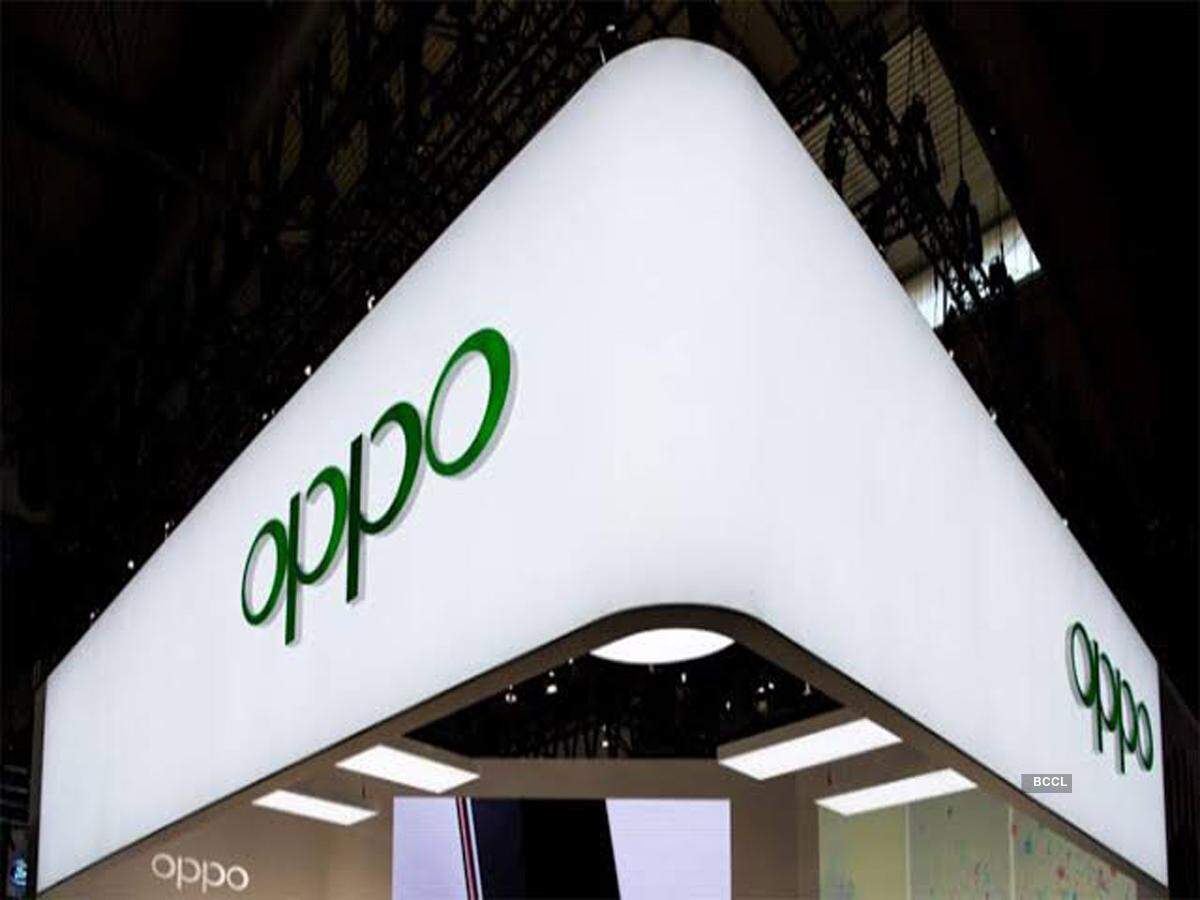Canara Bank Revises Interest Rates On Fixed Deposit: Check New Rates Here
[ad_1]
Read More/Less
Canara Bank Regular Fixed Deposit Interest Rates
For term deposits maturing in 7 days to 45 days, 46 days to 90 days and 91 days to 179 days, Canara Bank is now offering an interest rate of 2.90%, 3.90% and 3.95% respectively. On FDs maturing in 180 days to less than 1 Year the public sector bank is providing an interest rate of 4.40%. The bank is now offering an interest rate of 5.10% on FDs maturing in 1 year to less than 3 years. The general public will get an interest rate of 5.25% on their deposits maturing in 3 years & above to less than 5 years.
Canara Bank also offers an “1111 Days” Retail Term Deposit Scheme with an additional 0.10 percent rate of interest over and above the deposit tenor rate. Depositors will receive a 5.35 percent interest rate under this scheme. After the most recent modification, the bank is providing an interest rate of 5.25 percent to the general public on FDs maturing in 5 years and above to 10 years.
| Term Deposits (All Maturities) | Rate of Interest (% p.a.) | Annualised Interest yield (% p.a.) |
|---|---|---|
| 7 days to 45 days* | 2.90 | 2.93% |
| 46 days to 90 days | 3.90 | 3.96% |
| 91 days to 179 days | 3.95 | 4.01% |
| 180 days to less than 1 Year | 4.40 | 4.47% |
| 1 year only | 5.10 | 5.20% |
| Above 1 year to less than 2 years | 5.10 | 5.20% |
| 2 years & above to less than 3 years | 5.10 | 5.20% |
| 3 years & above to less than 5 years | 5.25 | 5.35% |
| Canara Unique “1111 Days” | 5.35 | 5.46% |
| 5 years & above to 10 Years | 5.25 | 5.35% |
| Source: Canara Bank, for deposits less than Rs.2 Crore, w.e.f. 09.08.2021 |

Canara Bank Fixed Deposit Interest Rates For Senior Citizens
On their deposit amount of less than Rs 2 Cr, senior citizens will continue to get an additional rate of 0.50% than the applicable card rate for the general public. Here are the latest interest rates on fixed deposits provided by Canara Bank to senior citizens.
| Term Deposits (All Maturities) | Rate of Interest (% p.a.) | Annualised Interest yield (% p.a.) |
|---|---|---|
| 7 days to 45 days* | 2.90 | 2.93% |
| 46 days to 90 days | 3.90 | 3.96% |
| 91 days to 179 days | 3.95 | 4.01% |
| 180 days to less than 1 Year | 4.90 | 4.99% |
| 1 year only | 5.60 | 5.72% |
| Above 1 year to less than 2 years | 5.60 | 5.72% |
| 2 years & above to less than 3 years | 5.60 | 5.72% |
| 3 years & above to less than 5 years | 5.75 | 5.88% |
| Canara Unique “1111 Days” | 5.85 | 5.98% |
| 5 years & above to 10 Years | 5.75 | 5.88% |
| Source: Canara Bank, for deposits less than Rs.2 Crore, w.e.f. 09.08.2021 |

Canara Bank Domestic Bulk Term Deposits
For Deposits of Rs. 2 Crore & above to less than Rs. 10 Crore, Canara Bank is promising the following interest rates which are in force from 09.08.2021.
| Term Deposits (All Maturities) | Callable | Non-Callable ++ | ||
|---|---|---|---|---|
| Rate of Interest (% p.a.) | Annualised Interest yield (% p.a.) | Rate of Interest (% p.a.) | Annualised Interest yield (% p.a.) | |
| 7 days to 45 days | 2.9 | 2.93% | – NA – @ | |
| 46 days to 90 days | 3.1 | 3.14% | 3.1 | 3.14% |
| 91 days to 179 days | 3.25 | 3.29% | 3.25 | 3.29% |
| 180 days to less than 1 Year | 3.25 | 3.29% | 3.25 | 3.29% |
| 1 year only | 3.65 | 3.70% | 3.65 | 3.70% |
| Above 1 year to less than 2 years | 3.65 | 3.70% | 3.65 | 3.70% |
| 2 years & above to less than 3 years | 3.65 | 3.70% | 3.65 | 3.70% |
| 3 years & above to less than 5 years | 3.4 | 3.44 | 3.4 | 3.44% |
| 5 years & above to 10 Years | 3.4 | 3.44 | No Quotes @ | |
| For Deposits Rs. 2 Crore & above to less than Rs. 10 Crore, w.e.f. 09.08.2021 |
[ad_2]
